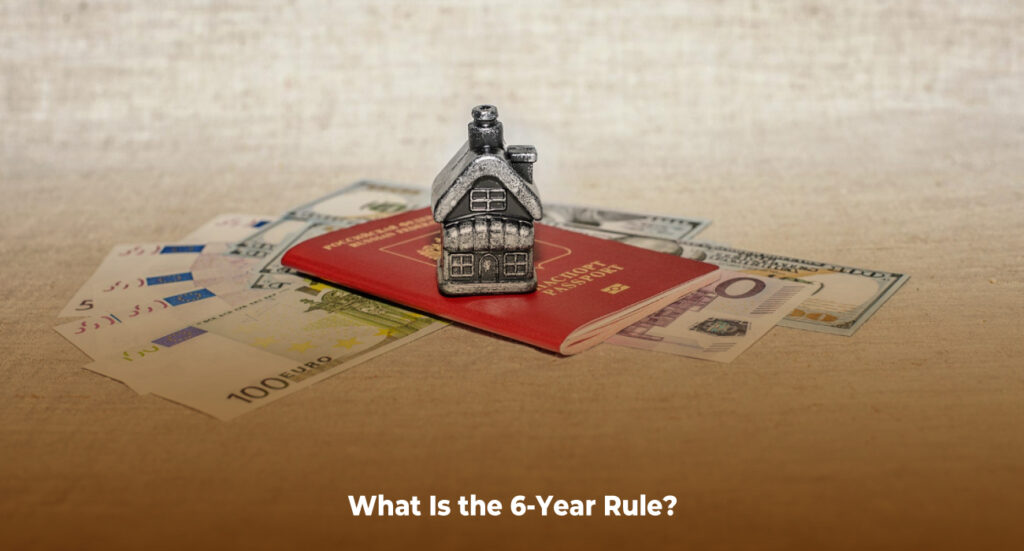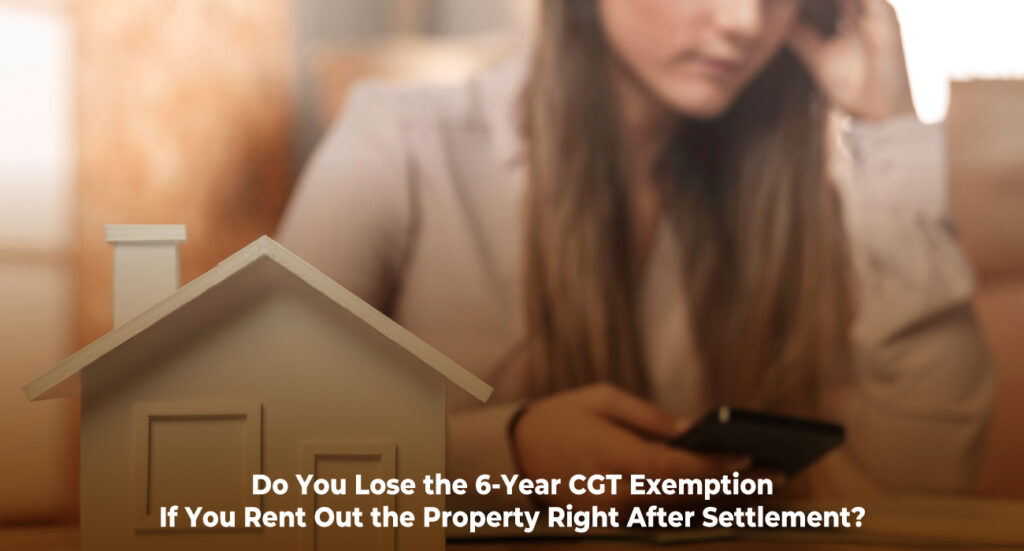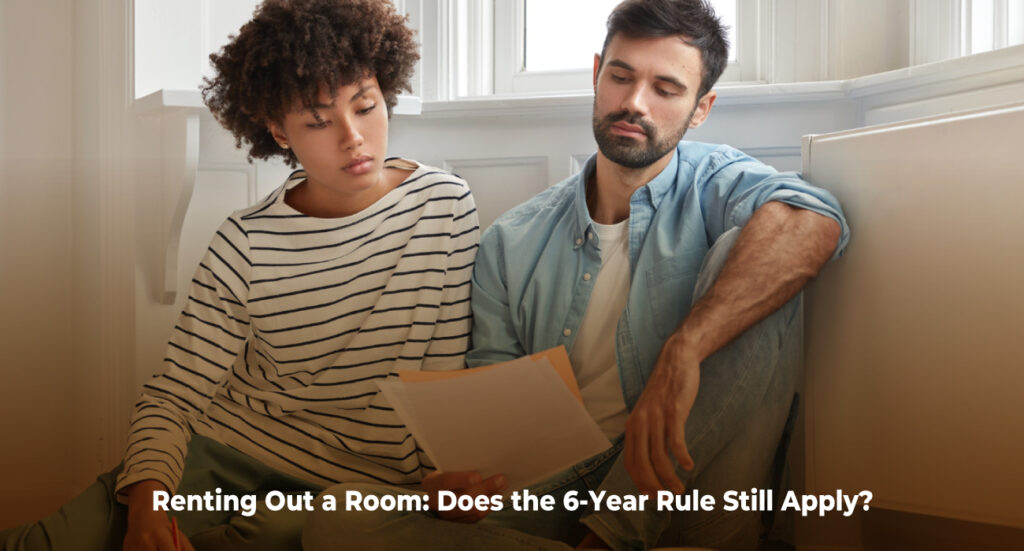6-year rule for CGT exemption 2025: What Property Owners Need to Know
It’s been a while since we last wrote about the 6-year Capital Gains Tax (CGT) exemption rule, but lately, it’s come up more than ever. Many of our prospective clients—especially property investors—ask about this rule during their initial conversations with us. We usually follow up by sending them some light reading material or FAQs to explain the basics. But more often than not, those initial answers spark even more questions.
Recently, when a couple of my experienced property investor clients raised some nuanced scenarios around the 6-year rule, I realised it was time to revisit this topic in more detail—especially as we head into the 2025 tax year.
For many Australians, their home is their most valuable asset—not just emotionally, but financially. That’s why understanding the CGT exemptions available for your main residence is so critical. And among these, the 6-year rule is one of the most powerful yet commonly misunderstood tools. If used correctly, it can save property owners tens or even hundreds of thousands of dollars in tax when they sell their former home.
In this article, we’ll break down how the 6-year rule works in 2025, when you can use it, how to stay compliant with the ATO, and common mistakes that could cost you dearly.

What Is the 6-Year Rule?
Under Australian tax law, your Principal Place of Residence (PPOR) is generally exempt from Capital Gains Tax when you sell it. But what happens if you move out and rent the property?
That’s where the 6-year rule comes in. The rule allows you to treat your former home as your main residence for CGT purposes for up to 6 years after you’ve moved out, even if you’re renting it out.
In other words, you can move out, rent your home, and still claim a full CGT exemption on sale—as long as:
- You do not treat any other property as your main residence during that same period, and
- The property is sold within the 6-year window (or before you move back in and reset the clock).
Example: Let’s look at a real-world example to illustrate how the rule applies:
Sarah bought a home in Sydney in 2015 and lived in it until 2020. She then moved interstate for work and rented the property out from 2020 onward. In 2025, she decides to sell the home.
Because she lived in the home initially and never nominated another property as her main residence, she qualifies for the 6-year rule. The property is sold within the 6-year period after she moved out, so the entire capital gain is tax-free.
Key Conditions for the 6-Year Rule
To qualify for the 6-year CGT exemption, the following conditions must be met:
- The property was your main residence before it was rented out.
- You did not treat another property as your main residence during the same time.
- You sell the property within 6 years of moving out (or move back in and restart the 6-year clock).
- If the property is not rented (i.e., left vacant), the 6-year rule is not relevant, and the main residence exemption can continue indefinitely.

Do You Lose the 6-Year CGT Exemption If You Rent Out the Property Right After Settlement?
Renting out a property straight after settlement doesn’t automatically disqualify you from accessing the 6-year CGT exemption, but it does limit its application. For the exemption to apply, you must first establish the property as your main residence at some point. If the property is rented from day one and you only move in later, you may still qualify for the 6-year rule—but only from the date you started living in the property, not before.
Let’s reverse our earlier example with Sarah to illustrate this. Suppose she settled the property in 2015 but couldn’t move in immediately due to an existing tenancy. She rented it out for 1 year, then moved in and lived there from 2016 to 2020. In 2020, she moved interstate and rented the property again until selling in 2025.
In this scenario, Sarah can only claim the main residence exemption from 2016 onwards. The initial 1-year rental period (2015–2016), when she had never lived in the property, is subject to capital gains tax on a pro-rata basis. However, the 6-year rule kicks in from the time she moved out in 2020 and continues until the property is sold in 2025—meaning that portion of the gain is exempt. The final CGT calculation would require apportioning the gain across the ownership period and excluding the exempt years.
In summary, you don’t lose the 6-year exemption by renting the property at the start, but you’ll only get the exemption from the point the property became your home, not before. This highlights the importance of clear documentation and timing when planning your property strategy.

Can I Reset the 6-Year CGT Exemption if I Move Into the Property?
Yes, you can—but only if you actually live in the property and establish it as your main residence again. The 6-year CGT exemption isn’t a one-off opportunity. If you move back into the property after a rental period and re-establish it as your home, the 6-year rule resets from that date. This means you can potentially access multiple 6-year exemption periods over the life of the property, provided you don’t treat any other property as your main residence during each rental period.
Example: If we take Sarah’s example from above, and she moves back into her property in 2025 after renting it out, the 6-year exemption period can reset—but only from the point she re-establishes the home as her main residence. This allows her to access another full 6 years of CGT exemption for the next rental period, provided she doesn’t treat any other property as her main residence during that time.
So, if she moves back in during 2025 and then needs to rent the property out again in 2028 due to work-related travel—and she doesn’t nominate any other property as her main residence—she would be entitled to a new 6-year exemption period running from 2028 to 2034. This reset mechanism makes the 6-year rule an incredibly valuable strategy for homeowners who may alternate between living in and renting out their property.
This flexibility can be a powerful tool for property investors and homeowners alike—but only when used correctly. The ATO expects evidence of actual residence (e.g., utility bills, electoral roll, driver’s licence address), so it’s essential to genuinely live in the home—not just make a technical move-in on paper.

Renting Out a Room: Does the 6-Year Rule Still Apply?
One of the biggest misconceptions among property owners is that the 6-year CGT exemption applies even when you’re just renting out a room in your main residence. But the rule works differently in this case.
If you’re still living in the home and rent out only part of the property—such as a bedroom or a self-contained granny flat—the property continues to be your principal place of residence. However, the 6-year rule does not apply here, because it’s designed for situations where you’ve moved out and rented the entire property. Instead, the ATO applies an apportionment method for Capital Gains Tax. This means that when you eventually sell the property, you may be liable for CGT on the portion of the home that was used to generate income—and only for the period that portion was rented out.
This scenario often catches people off guard. Renting just one room might seem harmless, but if it becomes a source of assessable income, it changes the tax treatment of your home. While the impact may be minimal if the room was only rented for a short time, the longer it’s rented and the larger the rented space, the greater the CGT exposure becomes.
So, while the 6-year exemption can offer significant savings, it’s crucial to understand that it only applies when the entire property is used to produce income—and even then, only after it has first been your main residence. Partial use while still living there falls under a different set of rules entirely.

What Should You Do Next?
The 6-year CGT exemption can be a powerful tax-saving strategy, but it requires careful planning and accurate records. One misstep—such as claiming the wrong main residence or exceeding the time limit—can turn a tax-free gain into a hefty tax bill.
If you’re unsure whether your property sale qualifies for the 6-year CGT exemption—or you just want peace of mind that you’re making the most of your tax position—it’s time to speak with an experienced property tax specialist.
At Investax, we help property owners navigate complex tax rules like the 6-year exemption with confidence. An accounting fee paid to a good accountant should be seen as an investment—not a cost. Especially when that fee is 100% tax deductible, it makes sense to work with someone who understands the complexity of property tax.
If your current accountant isn’t experienced in property tax matters, maybe it’s time to give Investax a go.
General Advice Warning
The material on this page and on this website has been prepared for general information purposes only and not as specific advice to any particular person. Any advice contained on this page and on this website is General Advice and does not take into account any person’s particular investment objectives, financial situation and particular needs.
Before making an investment decision based on this advice you should consider, with or without the assistance of a securities adviser, whether it is appropriate to your particular investment needs, objectives and financial circumstances. In addition, the examples provided on this page and on this website are for illustrative purposes only.Although every effort has been made to verify the accuracy of the information contained on this page and on our website, Investax Group, its officers, representatives, employees and agents disclaim all liability [except for any liability which by law cannot be excluded), for any error, inaccuracy in, or omission from the information contained in this website or any loss or damage suffered by any person directly or indirectly through relying on this information.





